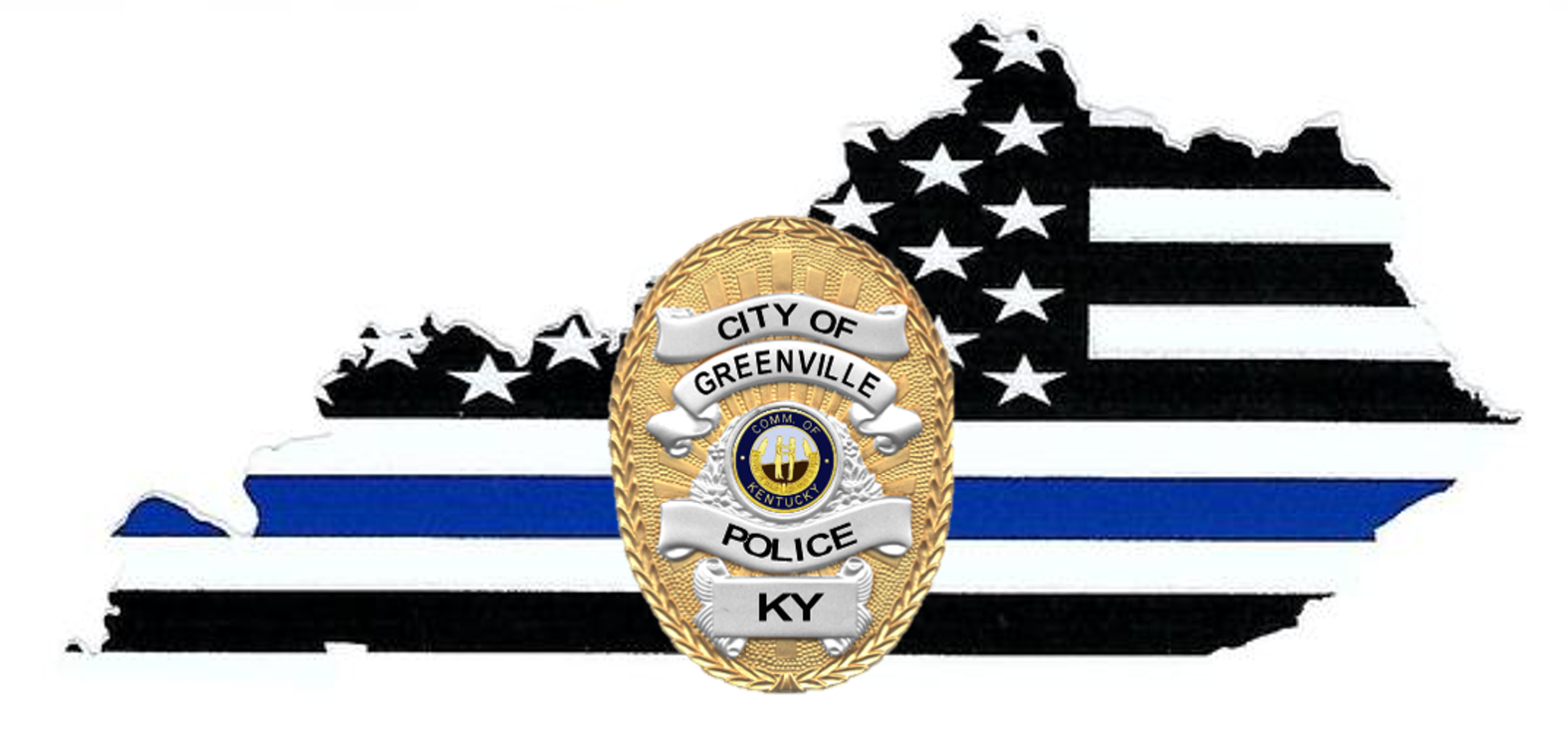Child Safety Seats / Booster Seats
Children 40 inches or less must be properly restrained in a federally approved safety seat. Children younger than seven and between 40 and 50 inches must be properly secured in a booster seat.
Always read the child seat manufacturer instructions and the section on child safety seats in the vehicle owner’s manual.
Rear-Facing Infant SeatsA child must be kept rear-facing to a minimum of one year of age and 20 pounds, with best practice being two years of age and 30 pounds. When using a convertible seat, it is best to keep the child rear-facing until the maximum rear-facing weight limit (reference instructions or seat label).When rear-facing, the harness straps should be at or below the child’s shoulders (reference instructions).When forward-facing, the harness straps should be at or above the child’s shoulders (reference instructions).
Convertible Seats
May be used both rear-facing and forward-facing. Use rear-facing until weight limit (reference instructions or seat label). A child must remain rear-facing to a minimum of one year of age and 20 pounds, with best practice being two years of age and 30 pounds. Use forward-facing until weight limit on harness or until the child outgrows theharness slots (reference instructions or seat label).
Forward-Facing Seat with Harness
For children at least one year of age and 20 pounds, with best practice being two years of age and 30 pounds. Keep child in harness until weight limit (reference instructions or seat label).
Combination forward-facing seat with harness/booster
Use harness for children at least one year of age and 20 pounds, with best practice being two years of age and 30 pounds. Keep child in harness until weight limit (reference instructions or seat label). Remove harness and use as a booster until weight limit (reference instructions or seat label).
Booster Seats
Children under seven years old and between 40 and 50 inches tall must be in a booster seat. We recommend that children be in a booster seat as long as possible since seat belts are designed for adults.
Installation and Proper Adjustment of Child Seats
No more than one finger should fit between the child’s collar bone and the harness strap. The straps should be snug against the child’s shoulders so you cannot pinch any excess webbing.
The seat should not move more than one inch side-to-side or back-and-forth when pulling at the belt path of the seat.If the seat is older than six years or has exceeded the manufacturer’s expiration date, it must be replaced. If the seat has been involved in a crash, it must be replaced. First check with your insurance company before you purchase a new seat. Using a seat with unknown history is not recommended.
When can children sit in the front seat?The risk of injury is greater for children in the front seat, with or without an airbag. Research shows it is best for children age 12 and under to always ride in the back seat.
If you have any questions about the installation of your child seat, please contact the Police Department.
LOOK FOR US ON






